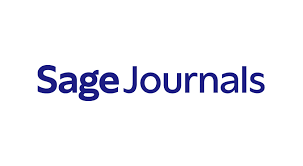This paper examines the 2012 Washington state charter school ballot initiative—the first voter-approved charter school program—to understand public support for school choice.
Data & Methods
The study uses precinct- and district-level data to analyze voting patterns, considering partisanship, ideology, and demographic factors. This approach provides insights beyond typical aggregate polling by capturing nuanced variations within districts.
Key Findings
The analysis reveals an unexpected finding: strong partisan divides usually present in education debates were largely absent during this ballot initiative campaign. Instead of aligning strictly along party lines or traditional demographic cleavages, voters formed a unified coalition supporting the charter school measure.
Why It Matters
This discovery has significant implications for advocacy groups seeking to influence educational policy through direct democracy mechanisms like ballot initiatives versus legislative action:
- The unusual political alignment demonstrates how certain policies might transcend partisan divides under specific conditions
- These findings suggest that ballot initiatives may sometimes garner broader public support than anticipated in conventional politics
- This unified coalition provides important data for understanding the evolving landscape of educational policy preferences across American demographics.
Policy Implications
The results indicate potential new strategies for advocacy groups hoping to advance or restrict school choice programs through direct democracy mechanisms, highlighting how ballot initiatives might mobilize different voter segments compared to traditional legislative processes.







